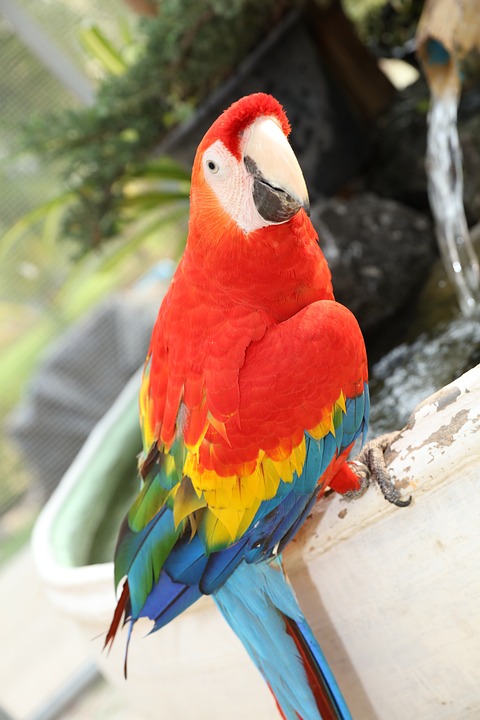Parrot training can be a challenging but rewarding experience. However, some parrots may exhibit reluctance or fear during the training process, which can hinder progress. In such cases, using positive reinforcement techniques can greatly help to address these issues. This article will guide you through the steps to effectively utilize positive reinforcement and tackle reluctance or fear during parrot training.
Before delving into training techniques, it’s important to understand why parrots may exhibit reluctance or fear. Parrots are intelligent creatures with unique personalities, and they may have had negative experiences in the past that have shaped their behavior. It’s crucial to approach training with empathy and patience, respecting their boundaries and building trust gradually.
Creating a positive training environment is essential for addressing reluctance or fear in parrots. Firstly, ensure that the training area is free from potential hazards, such as other pets or loud noises, that could cause distress to your parrot. A comfortable and secure space will help them feel at ease. Secondly, utilize positive reinforcement by rewarding desired behavior to encourage its repetition. This method helps to build trust and confidence in your parrot. Utilize treats, praise, or favorite toys as rewards for their cooperation. Lastly, parrots are sensitive to their owner’s emotions. Stay calm, patient, and positive during training sessions. Avoid any signs of frustration or impatience, as this may further exacerbate reluctance or fear.
Now that you’ve set up a positive training environment, it’s time to address reluctance or fear through a step-by-step training process. Start by introducing simple commands that your parrot is likely to grasp easily, such as teaching them to step onto your hand or perch on a designated spot. These commands help establish a foundation for more complex training later on. As your parrot becomes more comfortable with the basic commands, gradually increase the difficulty level of the tasks. This progression will help them gain confidence and overcome reluctance or fear. Whenever your parrot displays the desired behavior, promptly reward them with praise and treats. Positive reinforcement strengthens the bond between you and your parrot, making them more willing to engage in training activities. However, it’s important to respect boundaries and pay close attention to your parrot’s body language and response to training. If they show signs of fear or reluctance, take a step back and adjust the training accordingly. Pushing them beyond their comfort zone may cause setbacks in their progress.
Here are some frequently asked questions about parrot training:
Q: How long does it typically take to see progress in parrot training?
A: The timeline for progress varies depending on the individual parrot’s personality, previous experiences, and the consistency of training. Some parrots may show improvement in a few weeks, while others may take months. Patience and perseverance are key.
Q: What if my parrot refuses to take treats during training?
A: It’s not uncommon for parrots to lose interest in treats during training, especially if they are nervous or anxious. In such cases, try using a variety of treats to find one that captures their attention. Additionally, consider alternative forms of positive reinforcement, such as verbal praise or a favorite toy.
Q: Can I use punishment to address reluctance or fear?
A: Punishment is not recommended when training parrots, as it can lead to increased fear and a breakdown of trust. Positive reinforcement is far more effective and helps build a strong bond with your parrot.
In conclusion, using positive reinforcement techniques is crucial when addressing reluctance or fear during parrot training. By establishing a positive training environment, respecting boundaries, and gradually building confidence, you can help your parrot overcome their hesitations and develop a strong bond with you. Remember, patience, empathy, and consistency are the keys to successful parrot training.









